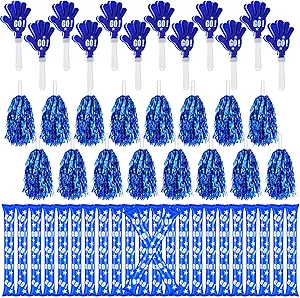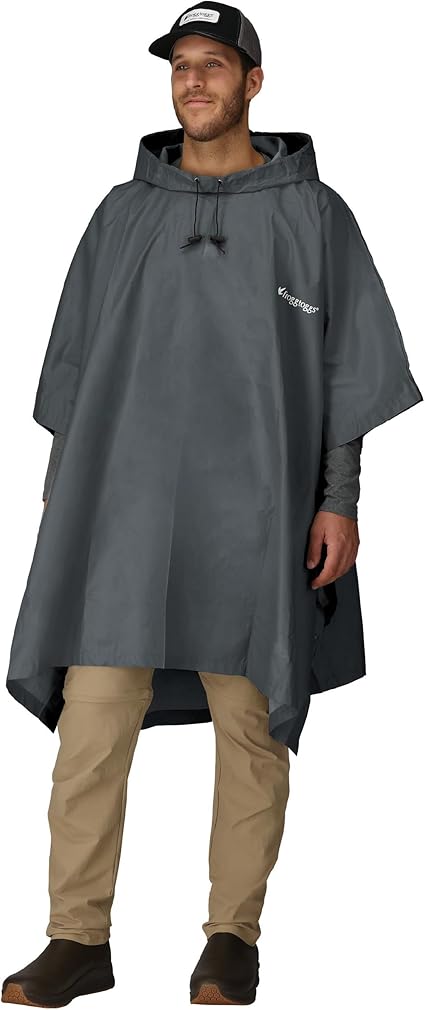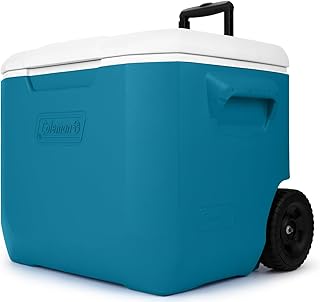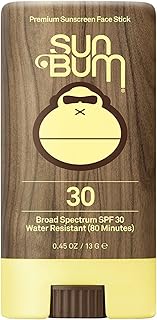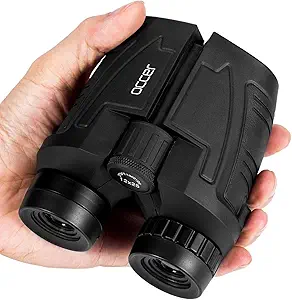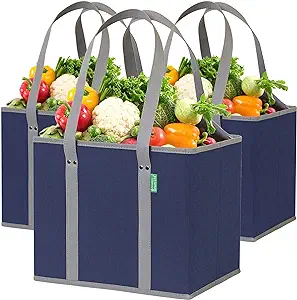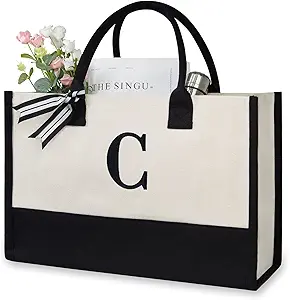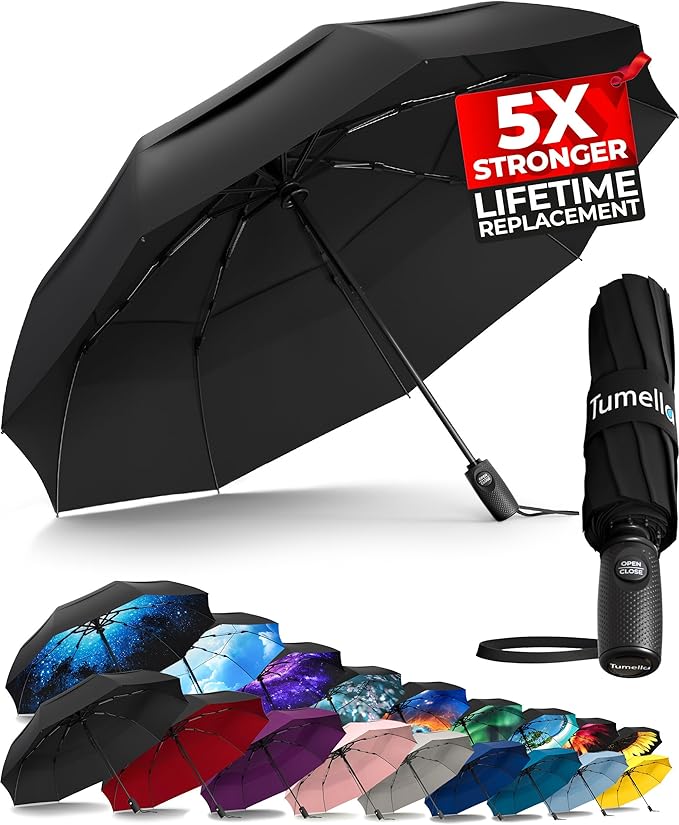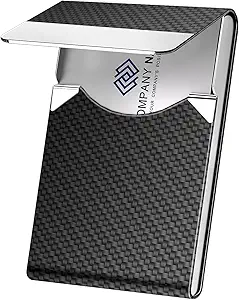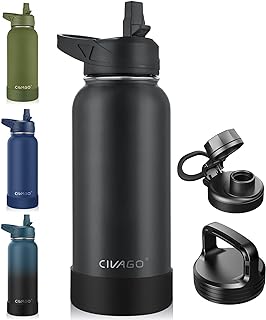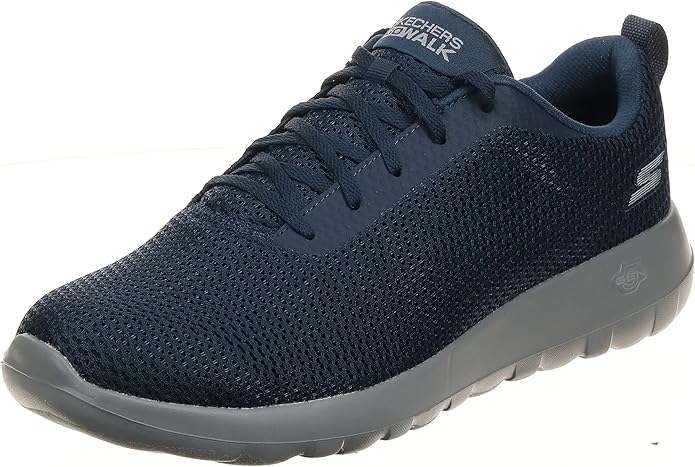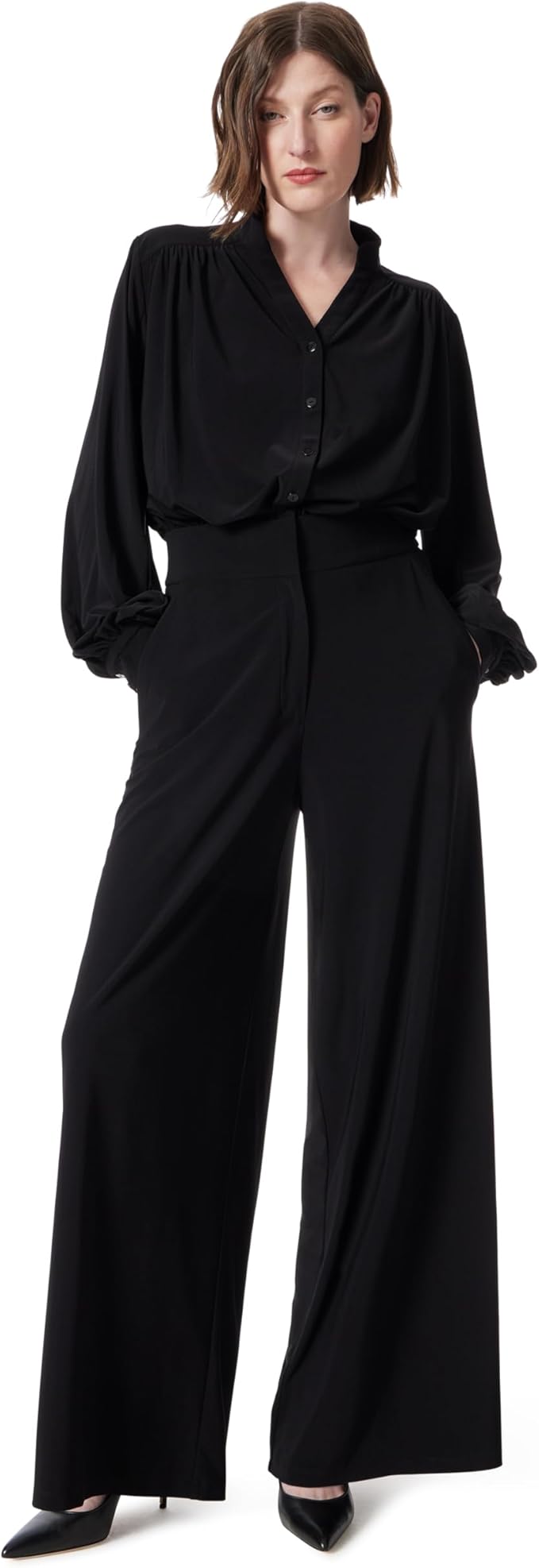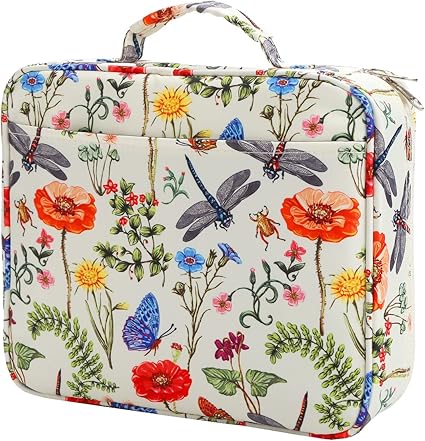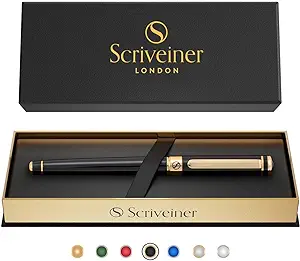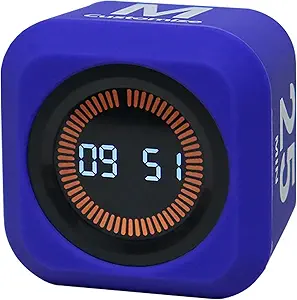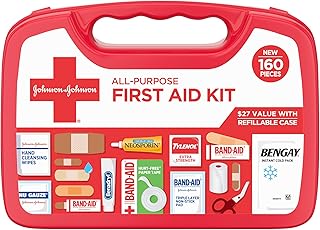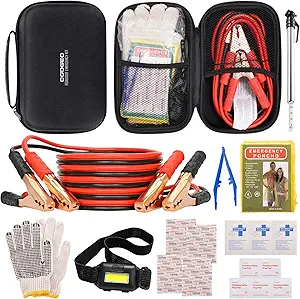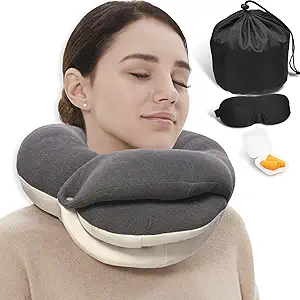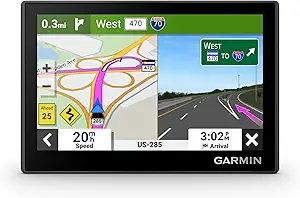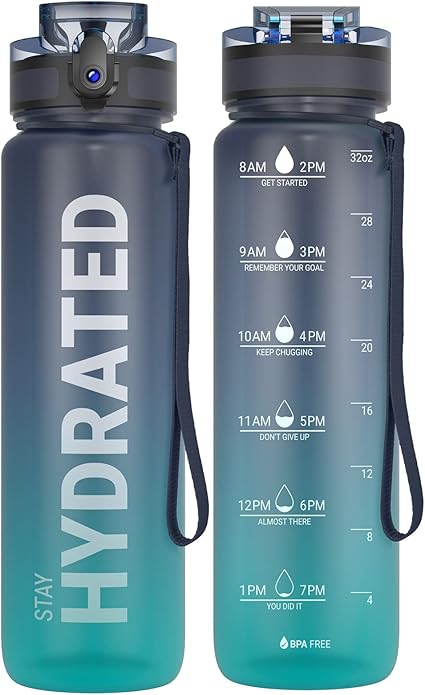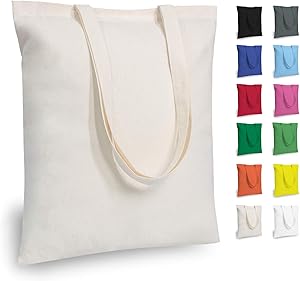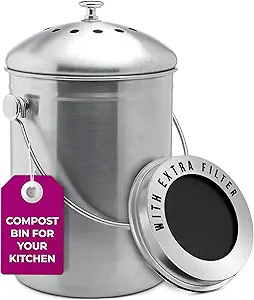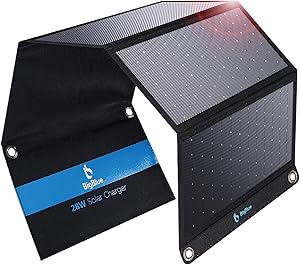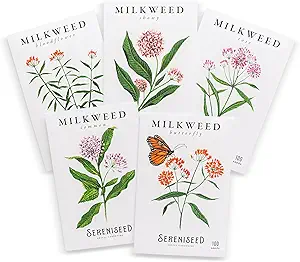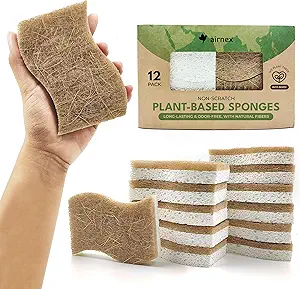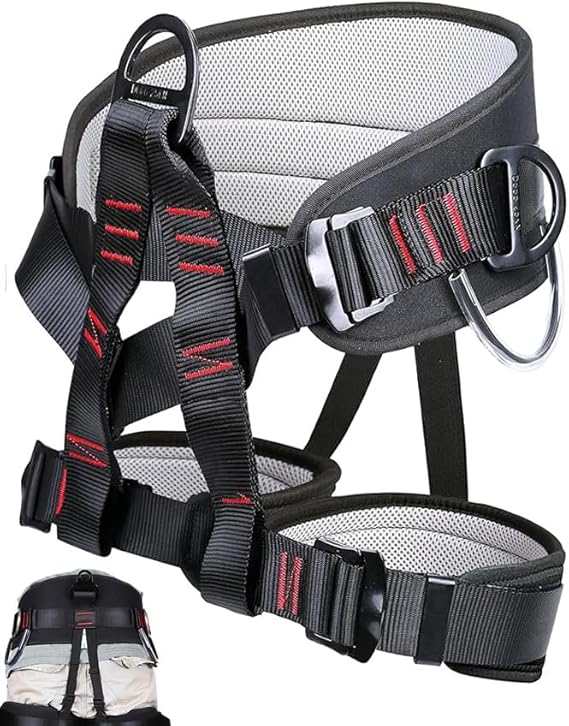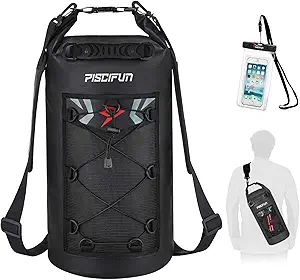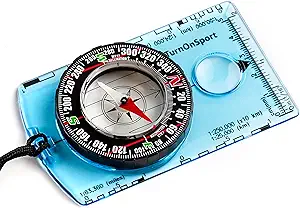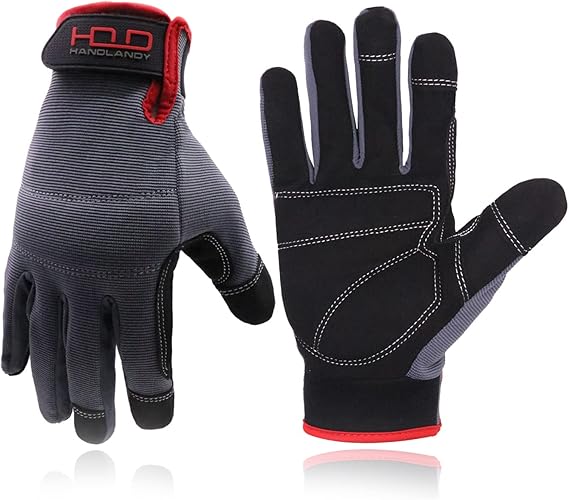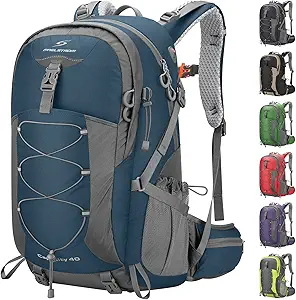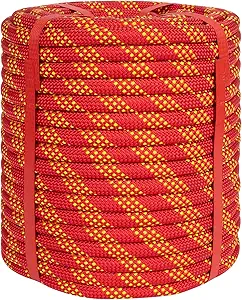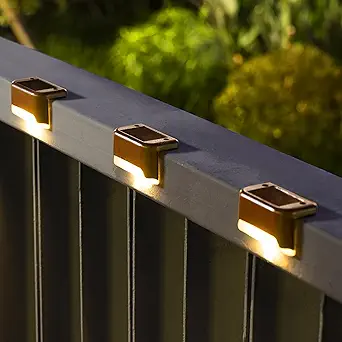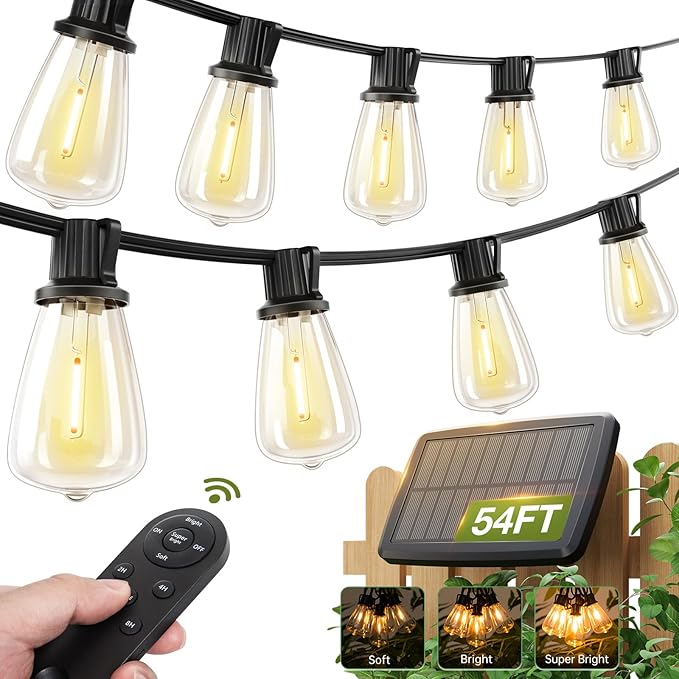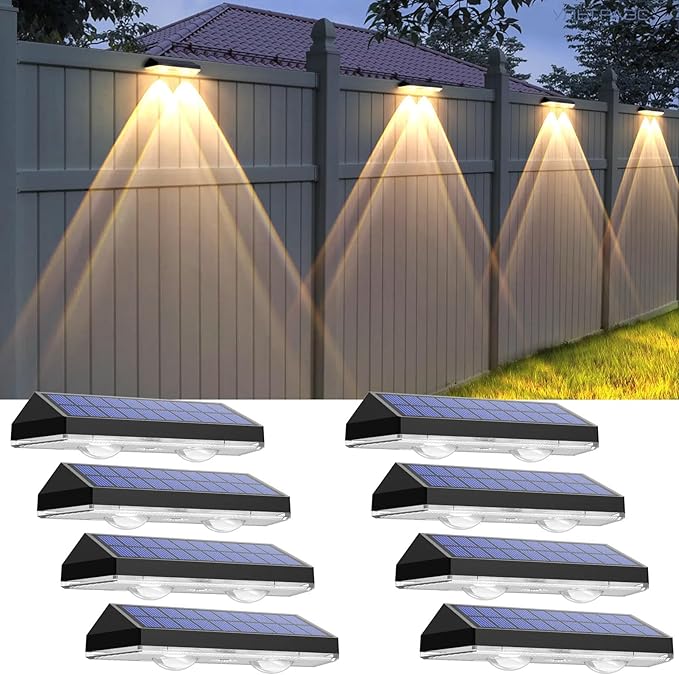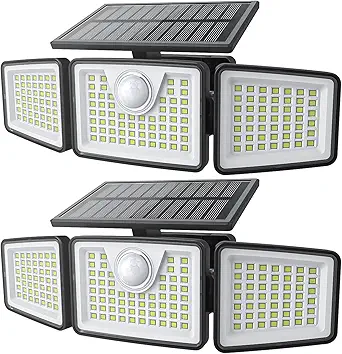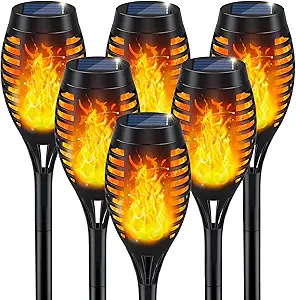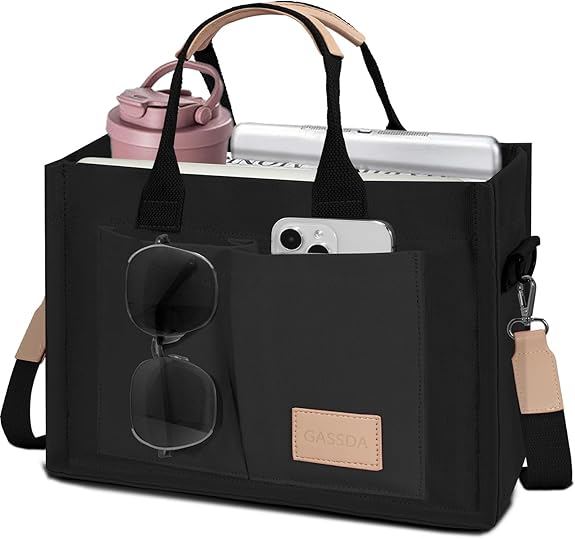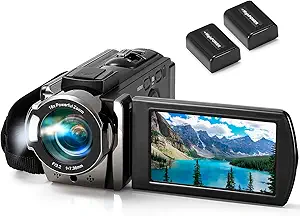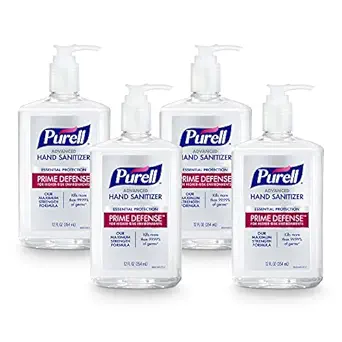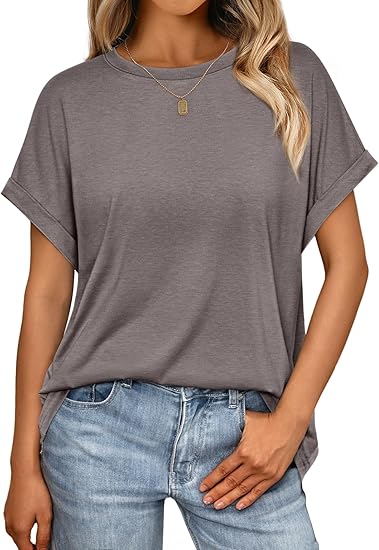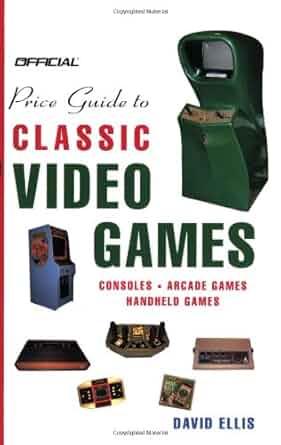From Aprons to Notebooks: Non-Food Must-Haves for Cooking Classes
Cooking classes are more than just a fun activity they’re a doorway to learning new skills, exploring flavors, and connecting with others who share a love for food. Whether you’re joining a weekend workshop or a professional culinary course, packing the right non-food essentials can make your experience smoother, cleaner, and more enjoyable.
While most people focus on ingredients or recipes, the real success of your cooking session often depends on how organized, equipped, and comfortable you are. So before you tie your apron and turn on the stove, let’s explore everything you should bring beyond the food.
1. The Foundation of Comfort: Aprons That Work as Hard as You Do
An apron is more than just a uniform it’s your personal shield against splashes, stains, and spills. Choosing the right one can make a big difference in your comfort and confidence.
What to Look For:
-
Material: Go for cotton or linen for breathability, or coated fabric for stain resistance.
-
Length: Full aprons protect your clothes completely, while waist aprons are ideal for quick, light cooking.
-
Pockets: Handy for holding pens, timers, or even recipe notes.
-
Adjustable Straps: Comfort matters, especially during long cooking sessions.
Pro Tip:
If you want to express your personality, pick a fun color or customized apron it makes learning even more enjoyable and adds flair to your cooking class photos!
2. Keep It Clean: Towels, Wipes, and Hand Sanitizer
Cooking can get messy fast, especially in a class setting where space and equipment are shared. Bring a few essentials to keep your area tidy and hygienic.
Must-Haves:
-
Microfiber Towels: Perfect for wiping surfaces and drying hands quickly.
-
Disposable Wipes: Great for quick clean-ups in between tasks.
-
Hand Sanitizer: A must before and after handling ingredients, especially raw meat or seafood.
Cleanliness isn’t just about presentation it’s about efficiency and safety.
3. Notebook & Pen: Capture Every Detail
Cooking classes move fast, and instructors often share valuable tips that aren’t written in the recipe handout. Having a notebook and pen helps you jot down techniques, ingredient substitutes, or plating tricks.
What to Bring:
-
A small spiral notebook: Easy to keep open while cooking.
-
A waterproof cover: Prevents damage from spills.
-
Colored pens or markers: Useful for highlighting key steps or flavor notes.
Bonus Tip:
Consider using a recipe journal—you can compile all your class experiences and create your own personalized cookbook over time.
4. Organization Tools: Folders and Labels
If you’re taking a longer cooking program or multiple classes, staying organized is key. Bring a folder or binder to store recipes, feedback sheets, and class notes.
Helpful Extras:
-
Plastic sleeves: Protect printed recipes from oil stains and moisture.
-
Sticky labels: Mark ingredients or tools when working in group classes.
-
Tabs: Separate sections for appetizers, mains, desserts, etc.
The more organized you are, the easier it becomes to practice and replicate what you learn at home.
5. Tech-Savvy Additions: Capture, Learn, Repeat
Modern cooking classes often encourage students to take photos or short videos to remember techniques like chopping styles, sauce consistency, or plating presentation.
Recommended Tech Gear:
-
Smartphone or Tablet: For quick photos or note-taking.
-
Portable Charger or Power Bank: You don’t want to miss capturing that perfect soufflé rise because of low battery.
-
Tripod or Phone Stand: Useful for recording step-by-step videos hands-free.
Just remember—always ask your instructor before filming to ensure it’s allowed.
6. Personal Hygiene & Safety Essentials
Safety and hygiene go hand in hand when you’re working in a shared cooking environment.
Items You Shouldn’t Forget:
-
Hair Tie or Headband: Keeps hair out of your face (and the food!).
-
Closed-Toe Shoes: Protect your feet from spills or dropped utensils.
-
Band-Aids or Finger Guards: Accidents happen—be ready.
-
Reusable Water Bottle: Stay hydrated during long classes.
Keeping yourself safe ensures you can focus on the creative side of cooking.
7. Storage & Transport Helpers
Sometimes you’ll prepare dishes or ingredients to take home. Having the right storage essentials can make transportation much easier.
Essentials Include:
-
Reusable Containers: Perfect for leftovers or partially prepped dishes.
-
Insulated Bag: Keeps items hot or cold, especially during travel.
-
Ziplock Bags: Handy for small items, snacks, or separating portions.
Not only do these make your life easier, but they’re also eco-friendly alternatives to disposable packaging.
8. Cooking Tools That Save Time
Even though your class will provide most utensils, bringing a few of your own trusted tools can help you perform better and feel more confident.
Compact Must-Haves:
-
Measuring Spoons & Cups: Familiar tools make precision easier.
-
Thermometer: Ensures perfect cooking, especially for meats and desserts.
-
Tongs or Spatula: Lightweight and versatile tools to manage your dishes.
Having personal tools also reduces the time spent waiting for shared equipment.
9. Style & Confidence: Dress for Success
Cooking involves movement, heat, and sometimes a little chaos. What you wear can impact how comfortable you feel during your class.
Ideal Outfit Choices:
-
Breathable Clothing: Avoid synthetic fabrics; cotton or linen works best.
-
Short Sleeves or Rolled Sleeves: Keeps arms free from splashes.
-
Non-Slip Shoes: Prevent accidents on slippery kitchen floors.
Remember, comfort and practicality should always come before fashion—but a touch of style never hurts!
10. Mental Prep: The Often Forgotten Essential
Cooking isn’t just about following instructions—it’s about creativity, patience, and focus. Bring a positive mindset and an open attitude to learn from mistakes and enjoy the process.
Quick Mindset Tips:
-
Arrive early: Gives you time to settle and set up your station.
-
Be curious: Ask questions and engage with the instructor.
-
Stay calm: Mistakes are opportunities to learn.
Your mindset is your most powerful tool—pack it every time!
11. Optional Add-Ons for Enthusiasts
If you’re attending advanced or themed classes, consider these additional items to enhance your experience:
-
Digital Timer: For precise control over cooking and baking.
-
Reusable Gloves: Helpful for handling hot pans or sticky doughs.
-
Tablet Recipe App: Store and access all recipes digitally.
-
Mini Cutting Board: Personal prep space if the kitchen gets crowded.
These small touches can make you feel like a pro, even as a beginner.
12. Eco-Friendly Alternatives
Sustainability is becoming a major part of modern cooking culture. Choose items that reduce waste and promote a greener kitchen.
Eco-Conscious Essentials:
-
Reusable Towels: Replace disposable paper towels.
-
Stainless Steel Straws: Avoid plastic waste during drinks.
-
Cloth Grocery Bags: Perfect for carrying ingredients home.
-
Glass Jars: Ideal for storing spices or sauces sustainably.
Cooking responsibly is a reflection of your respect for both food and the environment.
13. After-Class Essentials: Continuing the Learning at Home
The end of a cooking class doesn’t mean the learning stops. To make the most of your experience, take time to review, practice, and refine your new skills.
How to Stay on Track:
-
Review your notes the same day.
-
Organize your recipes and update your personal cookbook.
-
Recreate one dish at home to reinforce memory.
-
Connect with classmates online for recipe sharing.
Turning lessons into habits helps you grow as a home chef faster than you think.
14. Packing Checklist Summary
Here’s a quick summary checklist to make packing easy:
✅ Apron (with pockets)
✅ Notebook & pen
✅ Microfiber towels
✅ Hand sanitizer
✅ Folder for recipes
✅ Smartphone & charger
✅ Closed-toe shoes
✅ Hair ties or bandana
✅ Reusable containers
✅ Thermometer & tongs
✅ Water bottle
✅ Label stickers
✅ Eco-friendly cloth bags
Keep this list handy before every class to ensure you’re always prepared and confident.
Conclusion: Master Every Cooking Class with Confidence
Cooking classes are exciting, rewarding, and often transformative experiences. Whether you’re learning to bake artisan bread, make sushi, or cook international cuisines, having the right non-food essentials ensures your focus stays where it should on creativity and fun.
From aprons that reflect your style to notebooks that preserve your progress, these little details make big differences. So next time you sign up for a class, don’t just think about the ingredients think about what keeps you organized, safe, and inspired.
Pack smart, cook confidently, and let every class take you one step closer to culinary mastery with Pack This First guiding your journey.
